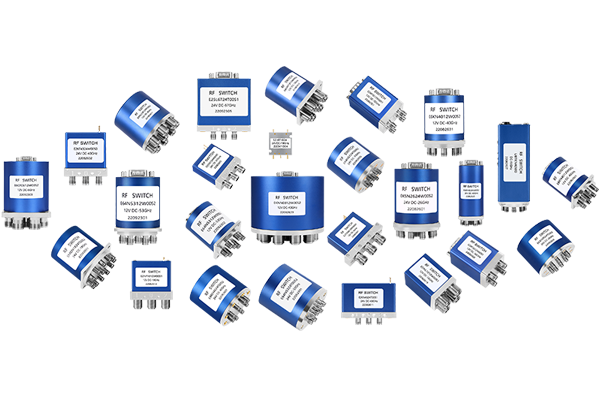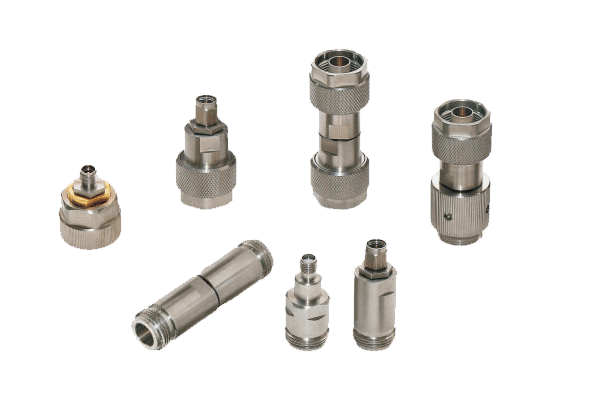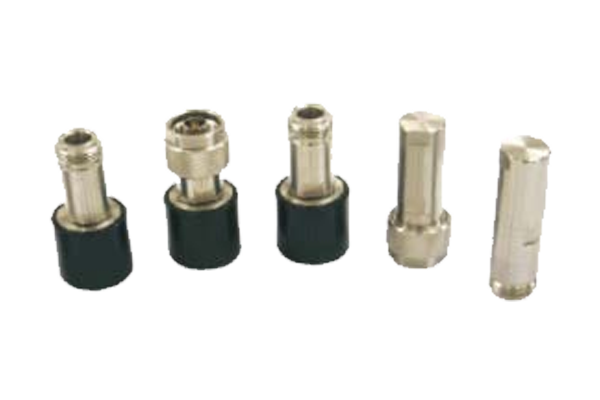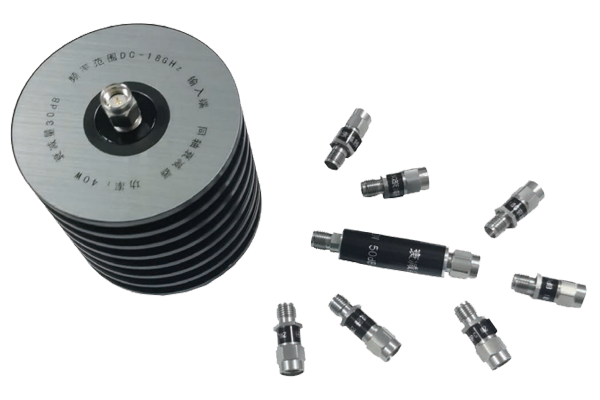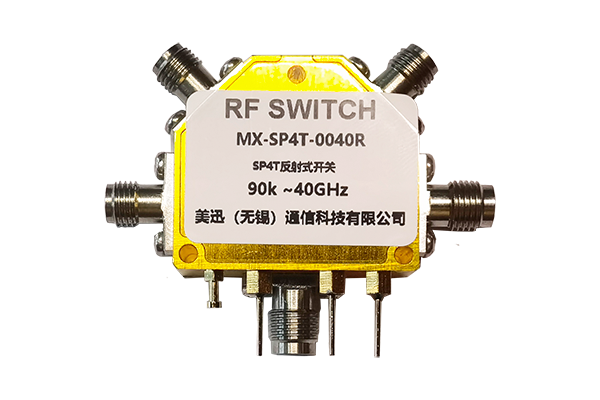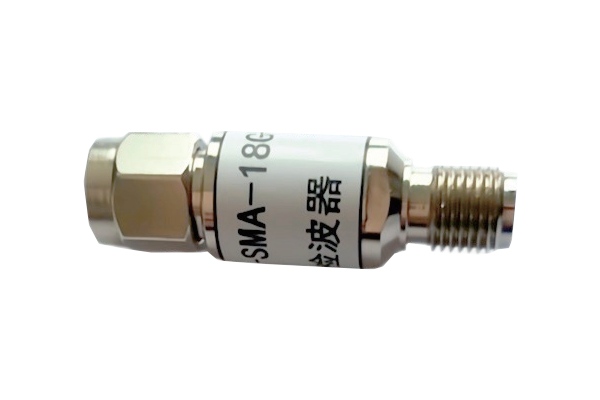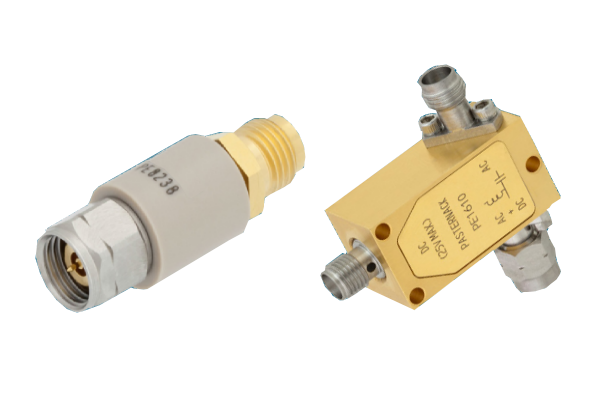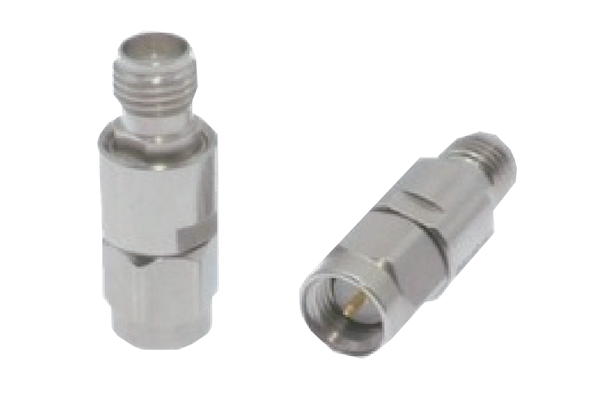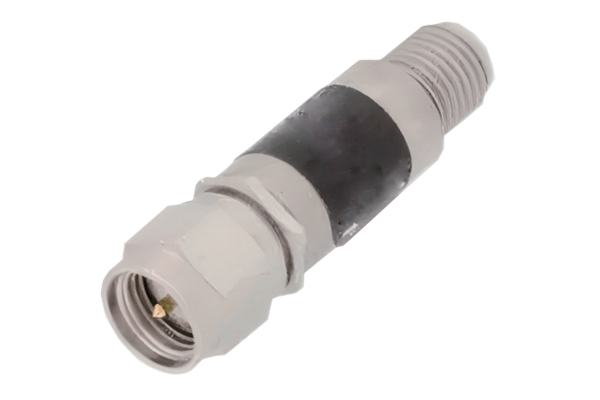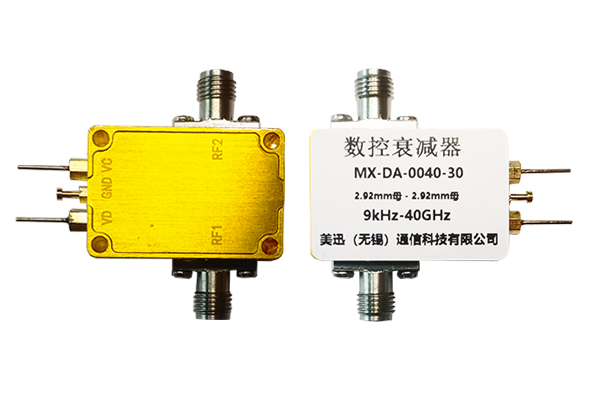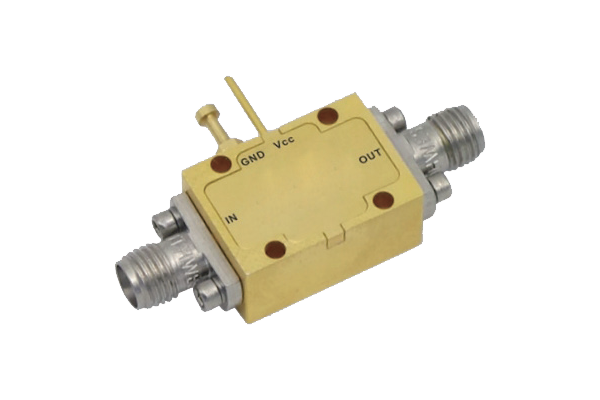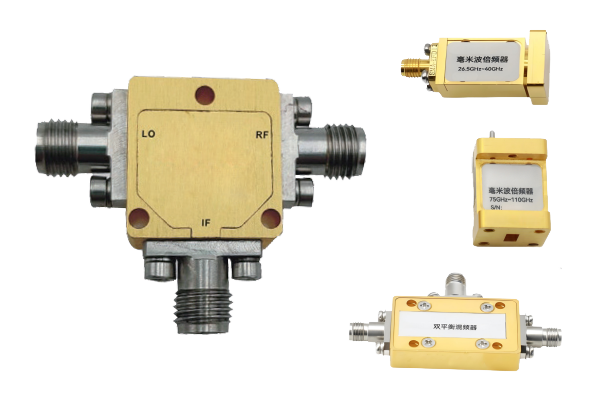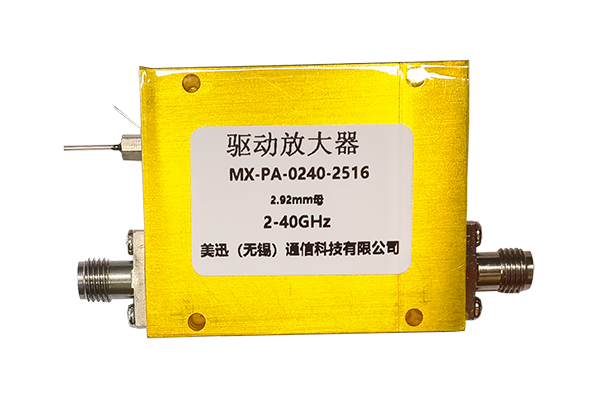What to do if the attenuation accuracy of a Programmable Attenuator decreases
Check Physical Connections
When the attenuation accuracy of a programmable attenuator decreases, the first step is to conduct a thorough check of all physical connections.
- Loose or damaged cables can introduce unexpected signal losses that mimic accuracy issues
- Inspect input and output ports for signs of wear, corrosion, or debris
- Replace any cables that show visible damage or have become stiff with use
Aging cables often contribute to signal degradation in programmable attenuators.
Evaluate Operating Environment
Environmental factors can significantly impact the performance of a programmable attenuator.
- Extreme temperatures, high humidity, and excessive vibration affect electronic components
- Ensure the device operates within manufacturer's recommended temperature and humidity ranges
- Avoid placing near sources of strong electromagnetic interference
Proper environmental control prevents signal distortion in programmable attenuators.
Perform System Calibration
Calibration is essential for maintaining accuracy in programmable attenuators.
- Use built-in calibration routines through control software or interface
- Follow manufacturer's guidelines to run calibration routines
- For devices without built-in calibration, use a trusted reference signal source and calibrated power meter
- Record discrepancies and use adjustment features to correct them
Regular calibration restores accurate attenuation levels in programmable attenuators.
Inspect Internal Components
If calibration doesn't resolve the issue, internal component inspection may be necessary.
- Components like resistors or semiconductor devices may degrade over time
- Check for signs of overheating, such as discolored circuit boards or burnt smells
- Component failure can lead to reduced accuracy in programmable attenuators
Internal inspection should only be performed by qualified personnel to avoid damage.
Contact Technical Support
When all troubleshooting steps fail, professional assistance is required.
- Contact the manufacturer's technical support team
- Provide detailed information about the issue and conditions
- Share results of tests or calibrations performed
- Include the device's usage history for comprehensive analysis
Manufacturer support can provide specialized diagnostics for complex programmable attenuator issues.



